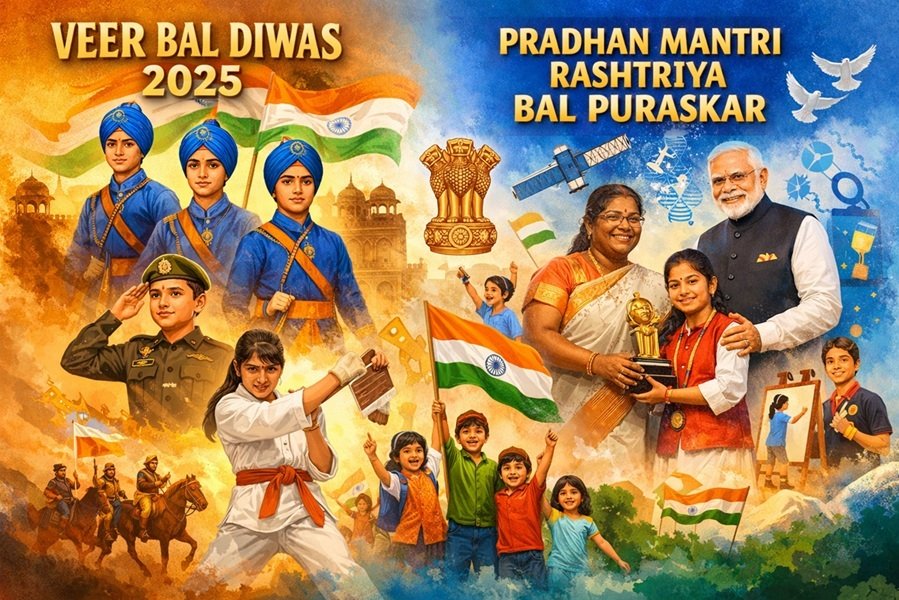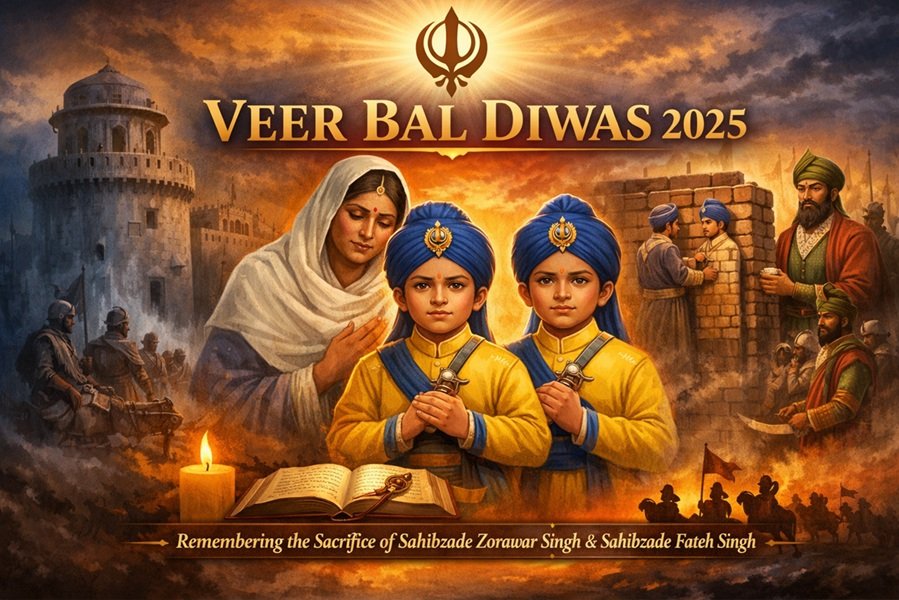
The delicate military balance in South Asia has taken a sharp and alarming turn. Following the tragic terror attack in Pahalgam on 22 April 2025, a rapid escalation has been witnessed between India and Pakistan. In the midst of rising tensions, a new development has deepened India’s strategic concerns: China’s urgent supply of advanced PL-15 long-range air-to-air missiles to Pakistan’s Air Force (PAF).
This event does not exist in isolation. It signifies a broader shift in regional power dynamics and demands a careful and multi-layered strategic reassessment from India. In this article, we will analyze the technical, operational, and geopolitical implications of this missile transfer — and why it matters so critically for India’s security architecture.
Read this: China’s PL-15 Missile Fails in Operation Sindoor: A Strategic Advantage for India
China’s PL-15 Missiles: A Game Changer for Pakistan
The PL-15 is not just another missile. It represents one of the most advanced air-to-air weapon systems currently operational worldwide.
Key Features of PL-15:
- Range: 200–300 kilometers — dramatically longer than most missiles currently in use by India’s primary adversary.
- Guidance System: Active radar seeker using AESA (Active Electronically Scanned Array) technology, combined with a two-way datalink allowing mid-course updates.
- Propulsion: Dual-pulse solid rocket motor, enabling higher energy throughout the flight, especially in the terminal phase.
- Speed: Up to Mach 5 (five times the speed of sound).
- Deployment Platforms: Integrated on China’s most advanced fighters including J-20 stealth jets, J-10C, and J-16.
Notably, the PL-15 missiles delivered to Pakistan are believed to be the standard Chinese variant, not a downgraded export version (PL-15E). This means Pakistan now has access to near-peer technology comparable to what the Chinese Air Force itself operates.
Why This Alarms India: Strategic Risks
1. Shift in Air Combat Dynamics
Until now, India enjoyed a qualitative advantage in the air through platforms like the Dassault Rafale (armed with Meteor missiles) and Su-30MKI (armed with Astra Mk1 missiles).
The PL-15’s extreme range now potentially allows Pakistan’s JF-17 Block III fighters to target Indian aircraft long before Indian pilots can respond — dramatically altering traditional air combat “engagement envelopes.”
This “first shot advantage” could enable Pakistan to deter or neutralize Indian air superiority during a conflict, especially during the critical initial stages.
2. Threat to High-Value Assets
High-value Indian military assets like AWACS (Airborne Warning and Control Systems), refueling aircraft, and Electronic Warfare planes are now more vulnerable. These platforms operate far from the frontline but within the possible engagement range of PL-15-equipped fighters. Their loss would severely cripple India’s battlefield awareness and coordination.
3. Impact on India’s Defensive Doctrine
India’s air doctrine heavily relies on establishing and maintaining air dominance during a conflict. Pakistan’s possession of PL-15s disrupts this calculus.
India will now have to operate with greater caution, invest in stand-off tactics, and possibly rethink forward deployments in sensitive sectors like Jammu & Kashmir, Punjab, and Rajasthan.
4. China-Pakistan Strategic Coordination
The timing and urgency of China’s missile supply underline a broader trend:
Deeper Sino-Pakistani military integration aimed at containing India.
China’s “express delivery” following the Pahalgam attack is a clear political message — signaling that Beijing is willing to provide operational support to Islamabad during periods of heightened tensions with India.
This alignment complicates India’s two-front defense strategy, requiring simultaneous preparedness on both western and northern borders.
What India Must Do: Strategic Countermeasures
a) Accelerate Indigenous Missile Development
India must quickly expand the deployment of its Astra Mk2 and Astra Mk3 programs, which aim to match or exceed the PL-15’s range and capabilities.
b) Secure More Meteor Missiles and Upgrades
While the Meteor missile remains superior in many aspects (no-escape zone, high-end propulsion), India needs to increase its stockpile and accelerate Rafale follow-on orders to ensure dominance.
c) Enhance Electronic Warfare (EW) Capabilities
Disrupting PL-15 guidance through advanced EW systems could neutralize the advantage these missiles confer. India’s DRDO and BEL need to focus on jamming and deception technologies tailored for Chinese-origin systems.
d) Improve AWACS and BMD Defenses
Boosting aerial surveillance and deploying Ballistic Missile Defenses (BMD) for key bases will become essential to surviving long-range aerial threats.
e) Strengthen Alliances
India must deepen defense cooperation with friendly nations like France, the United States, Israel, and others for access to cutting-edge technology, training, and possible strategic backup.
Long-Term Implications
The introduction of the PL-15 into Pakistan’s arsenal represents the arrival of fifth-generation air warfare concepts in the subcontinent.
India must view this not as a one-off incident, but as part of an evolving military-technological race in South Asia.
Failure to adapt quickly could erode India’s conventional military edge — a critical deterrent against both Pakistan and China.
The new strategic reality demands agility, innovation, and resilience from India’s armed forces, policymakers, and defense industry.
References:
- Eurasian Times – Indo-Pak Tensions: China Makes “Express Delivery” Of Lethal Missiles To Pakistan; India “Gears Up” For “All-Out War”
- Firstpost – Pahalgam terror attack aftermath: What are China’s PL-15 missiles delivered to Pakistan? Should India be worried?
Explore Related Developments:
- Indus Waters Treaty Suspended: History, Provisions, Disputes, and the Latest Updates (April 2025)
- What is the Shimla Agreement? – A Detailed Overview of the Indo-Pak Peace Treaty of 1972
- India’s 5 Big Steps Against Pakistan, Day After Pahalgam Terror Attack
- PM Modi’s Bihar Speech Sends Strong Message to the World on Terrorism
- Pakistan’s Defence Minister Admits Past Terror Links, Denies Involvement in Pahalgam Attack



